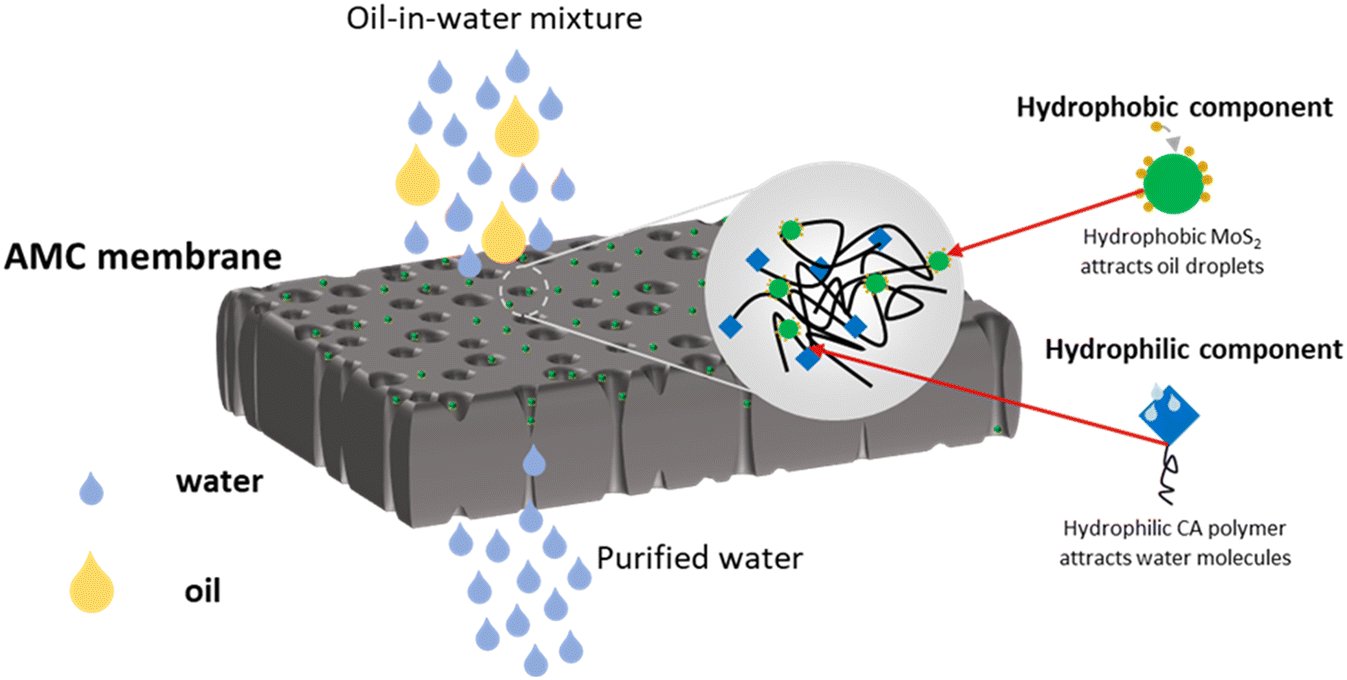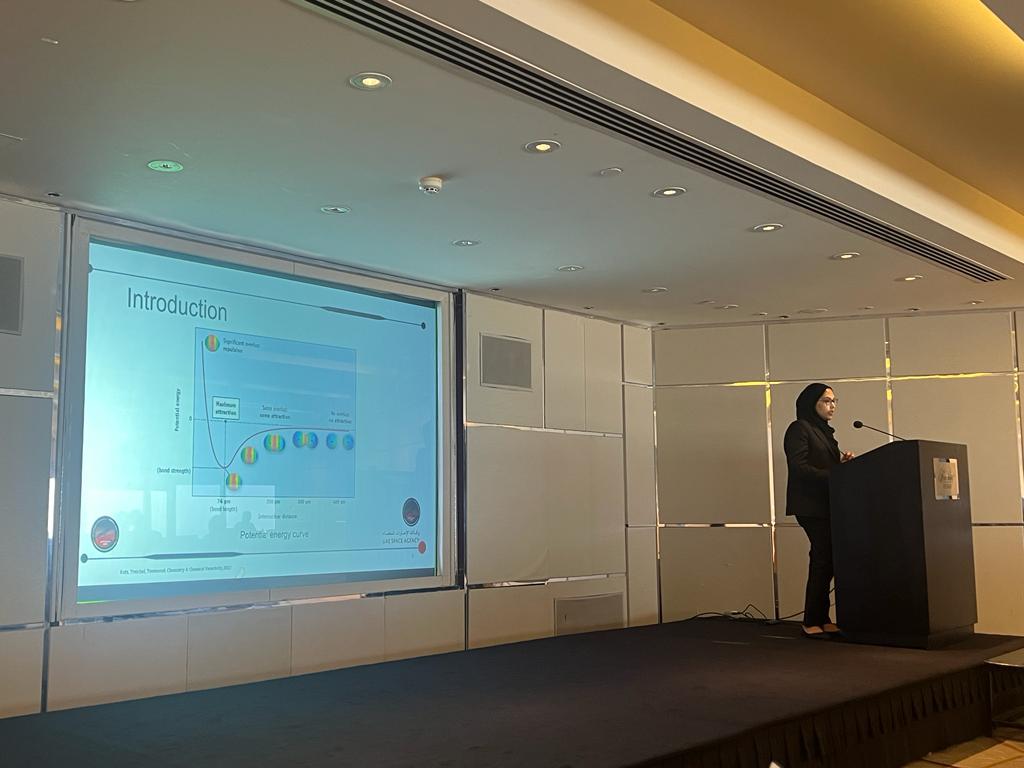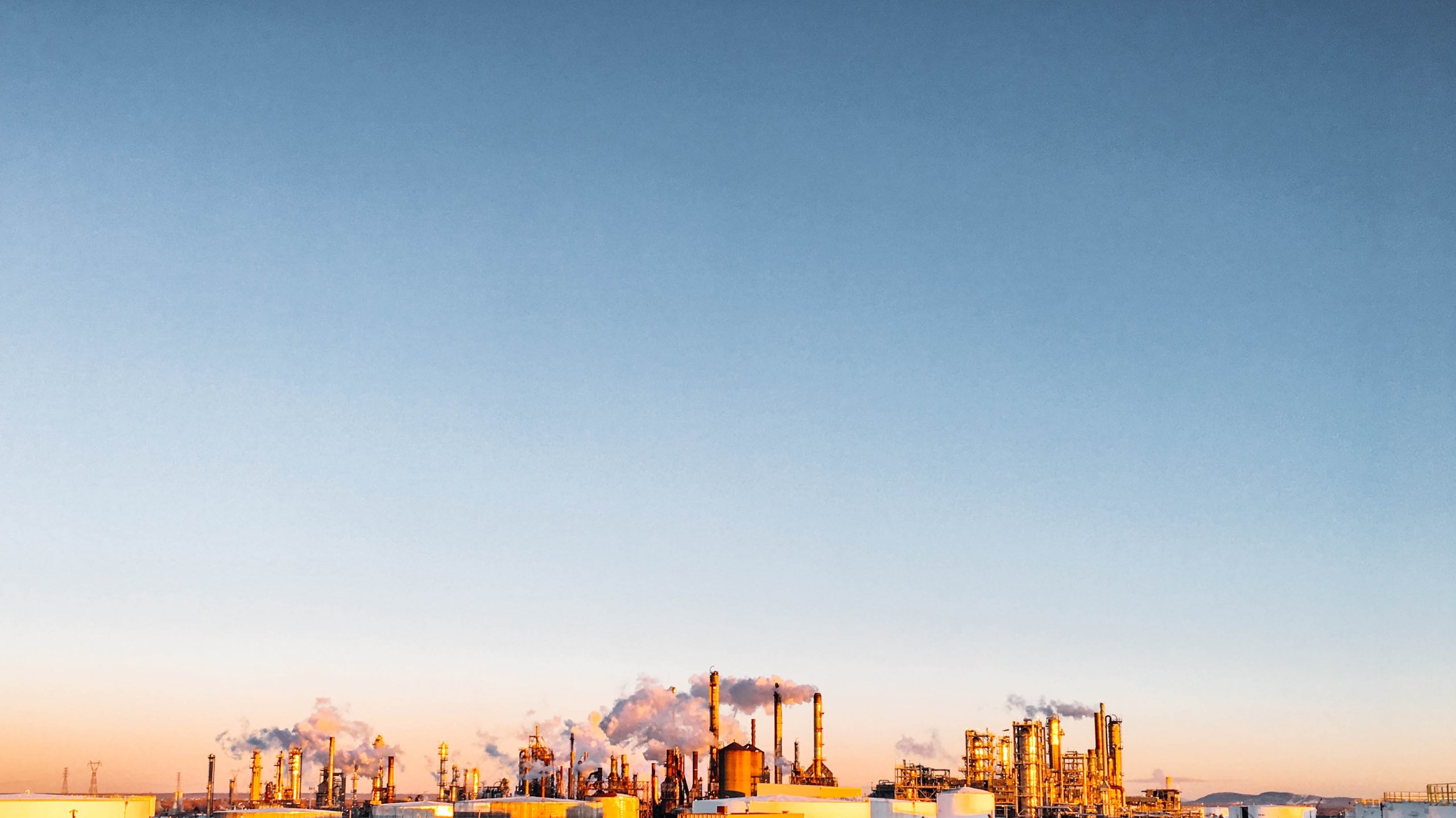
A team of researchers from Khalifa University has developed a new membrane material for separating fine oil droplets and water with promising industrial applications.
Industrial wastewater is a major pollutant, contaminating waterways, harming aquatic ecosystems and causing public health problems. But even though chemicals, oils and clean water are valuable resources, more than 40 percent of industrial wastewater is untreated when it’s discharged into the natural environment, which leads to significant levels of pollution.
Wastewater can be difficult to treat, especially when trying to remove fine oil droplets from water. The low level of fine oil droplets can be too dispersed in the water to be readily removed, and although various treatment processes are employed by the industry, innovations are continuously sought for improved oil removal efficiency and reduced membrane fouling.
Khalifa University’s Zainab Al Ansari, PhD student, Fathima Arshad, Research Associate, and Linda Zou, Professor, Department of Civil Infrastructure and Environmental Engineering, collaborated with Long D. Nghiem from the University of Technology Sydney, Australia, to develop a highly effective membrane for removing oil from wastewater. They published their results in Environmental Science: Water Research and Technology.
“The large volume of industrial oily wastewater is difficult to treat due to its emulsified fine oil droplet content,” Prof. Zou said. “Conventional membranes experience low separation efficiency and oil fouling issues, which we wanted to overcome.”
The researchers incorporated molybdenum disulfide (MOS2) nanospheres into a cellulose acetate matrix. MOS2 nanospheres have the ability to repel water but attract oil — that is, they are oleophilic — whereas the cellulose acetate polymer has high water affinity and is hydrophilic. The membrane is designed to be amphiphilic, meaning it can target and capture the oil droplets in a large volume of water. This is important for separation because the membrane has components that attract the oil droplets but can also facilitate the passage of water.
The membrane’s amphiphilic nature is also eliminates fouling caused by oil droplets.
“Hydrophilic membranes with a low affinity for oil suffer from fouling problems as oil droplets accumulate on the membrane surface and obstruct the passage of water molecules,” Prof. Zou said. “Amphiphilic membranes with both hydrophilic and oleophilic groups in a single membrane system are a good candidate for improving membrane performance for diluted oily wastewater treatment.”
Embedded nanomaterials are a well-known strategy for enhancing membrane performance by modifying the structure and properties of the membrane, with MOS2 nanospheres offering high surface areas, unique wetting properties, superior mechanical strength and good chemical stability.
“For advanced performance in oil-water separation, membranes need to be simultaneously efficient in oil removal and water permeation,” Prof. Zou said. “We developed a nanomaterial/polymer hybrid structure where hydrophobic and hydrophilic components co-exist. It catches fine oil droplets but also allows water molecules to pass through.”
Analysis of the membrane structure showed it was highly porous, with MOS2 nanospheres embedded on and within the polymer membrane. The large number of pore openings in the structure allowed the high water throughput, while the pores also increased the exposed surface area of MoS2 nanospheres for oil capture.
“The oleophilic MOS2 nanospheres capture the oil droplets, and the hydrophilic cellulose acetate matrix facilitates high water flux and a low-oil fouling membrane surface,” Prof. Zou said.
The team found the membrane had a high separation efficiency in tests, with greater than 90 percent removal of oil from the diluted oil-in-water mixture. The membrane also had good stability and durability, meaning it could be used repeatedly without losing performance, which makes it a promising material for industrial application.
Jade Sterling
Science Writer
27 March 2023






